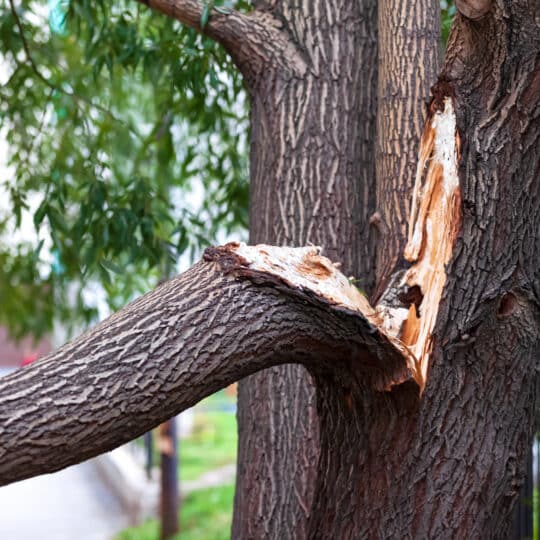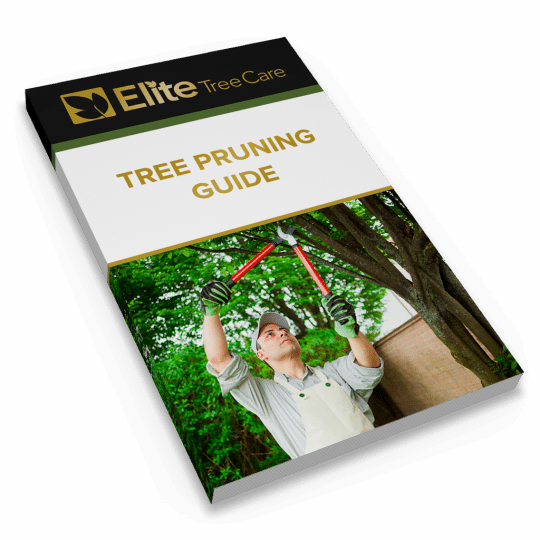How to Prune a Damaged Tree
And What to do Before & After Pruning
Posted
February 8, 2024

While healthy trees are more resilient to damage, there are forces such as storms and disease that are more difficult to prevent. However, there’s a way to aid in the recovery process. Learning how to prune a damaged tree is a delicate process that requires the right tools, knowledge, and finesse. Done correctly, it can promote healing and rejuvenation, but the opposite is true too.
Assess the Damage
Before picking up your pruning shears, first assess the extent of the damage. Look for:
- Broken branches
- Split bark
- Deadwood
- Disease
Some damage is easier to spot than others. Disease could look like discolored leaves or unusual growths. These are the areas you want to focus on first.
Using the Right Tools
The right tool depends on the size of the tree and branch. Here are some options:
- Pruning Shears: Ideal for cutting small branches and twigs.
- Loppers: Use these for thicker branches that pruning shears can’t handle.
- Handsaw: For larger branches, a handsaw provides the necessary cutting power.
- Safety Gear: Don’t forget gloves, safety glasses, and a helmet if working with larger trees.
No matter what tool you use, you want to make sure the blades are clean and sharp. Also, be sure to clean the blade after pruning to prevent spreading the disease to other plants.
Safety First
Before you begin pruning, ensure your own safety and help protect the surrounding area by keeping the following in mind.
- Secure the area: Clear any obstacles or debris around the tree.
- Work with a partner: Having someone to assist you can be invaluable, especially when dealing with larger branches.
- Use proper technique: Always cut away from yourself and maintain a stable footing. If you can’t reach the branch from standing firmly on the ground, contact a professional arborist.
- Watch for power lines: If the tree is near utility lines, consider hiring a professional for pruning.
How to Prune a Damaged Tree
When pruning damaged trees, it’s essential to follow proper techniques to minimize stress—on yourself and the tree—and promote healthy growth.
- Remove broken branches: Start by removing any broken or hanging branches cleanly at the branch collar, where the branch meets the trunk.
- Trim split bark: Make clean cuts to remove any jagged edges to promote healing.
- Eliminate deadwood: Dead or dying branches should be pruned back to healthy tissue, ensuring they don’t attract pests or disease.
Once you’ve finished pruning, there are a few additional steps to aid in the tree’s recovery.
- Properly dispose of debris, especially if it’s diseased.
- Ensure the tree receives adequate water, especially during dry periods. Try not to get any fresh wounds wet.
- Apply a layer of mulch around the base of the tree to retain moisture and provide nutrients.
- Keep an eye on the tree for any signs of stress or decline, such as wilting leaves or unusual discoloration.
Pruning damaged trees requires patience, skill, and a respect for nature’s resilience. By carefully assessing the damage, employing proper techniques, and providing aftercare, we can help restore trees to their natural glory. So, the next time you encounter a damaged tree, remember that with the right care and attention, its strength and beauty can endure for generations to come.

Download Your FREE Tree Pruning Guide
Learn how, when, and how much to trim or prune your trees to maximize their health and beauty. This guide covers the factors that go into tree trimming (pruning) and will help you make a more informed decision about hiring a professional tree service.